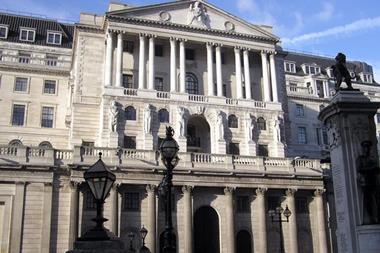Regulatory approaches to insurance vary throughout the world, even among countries that are in the same region. Nathan Skinner summaries some of the differences
What follows is a territorial analysis intended to help global businesses understand local insurance nuances in some of the markets in which they are likely to operate. The list is by no means exhaustive, but it does attempt to provide some clarity on the development of local insurance markets worldwide and the legal issues to watch out for. Buyers will, of course, need to follow up with their own analysis depending on the location of their risks.
Some countries try to protect their fledgling insurance markets by insisting that risks are insured locally. Big property risks, for example, are often reserved for local insurers, but in other classes the legislation may be silent. In this instance, non-admitted insurance may be allowed, if only be inference rather than expressly. Some regulators are liberal in their approach and they let clients decide whether or not to insure locally. In the past insurers may have been willing to offer insurance where the laws were unclear or prohibitive. Today, with compliance a boardroom issue, they are no longer prepared to take that risk.
Click on the links below for a more detailed country analysis.
Asia
Asia, which represents 61% of the world’s population, is one of the most economically and politically diverse parts of the world. Insurance maturity in the developed economies of Japan, Korea, Hong Kong and Singapore contrasts sharply with the emerging markets of China, India, Thailand and Vietnam. Fifty per cent of multinational company subsidiaries in South Korea, for example, buy a local directors’ and officers’ (D&O) policy.
In the aftermath of the South-east Asian financial crisis in the late 1990s, much of the region underwent a restructuring of traditional economic and financial practices. There is generally a high level of regulation and tariffs are customary for some classes of insurance.
China, India, Indonesia, Japan, Korea, the Philippines, Taiwan, Thailand and most other Asian countries restrict the sale and purchase of non-admitted insurance; the exceptions are Hong Kong, Malaysia and Singapore.
Europe & Russia
Despite the European Union’s attempts to harmonise legal and regulatory systems, the issues facing risk managers are diverse. Supervisory systems and liability frameworks remain very different from country to country. There are, however, unique cross-border regulations which apply to insurers who wish to operate within the EU.
The Second Insurance Directive (1988) introduced freedom of services, which means that an insurer in one member state can supply services to residents of other member states without the need to be established in that territory. A third directive also provides that any insurer can set up a subsidiary or branch in another member state, or provide cross-border services, without the need for authorisation in each territory (only the parent country).
Latin America
Political uncertainty and inflation are historically consistent issues in Latin America. However, multinational companies still view the area as a key growth region. With the exception of Peru, countries in Latin America require admitted insurance for all insured assets and liabilities. Insurance premiums vary between countries. Chile, Columbia, Mexico and Peru are hardening. Brazil is still seeing a decline in multinational rates.
The industry is dominated by Mexico and Brazil, which represent 63% of premiums written in the region. Deregulation and liberalisation are helping to rapidly develop their insurance markets, which now offer many of the products and services common to more developed markets. Foreign multinationals, which continue to expand their presence, and indigenous companies are demanding sophisticated financial services.
North America
Africa
Africa is home to some of the most economically challenged countries in the world. The legal environment is constantly changing, and in some former colonial states the rules are intended to attract popular support by punishing foreign firms and their local subsidiaries. The insurance regulatory environment through most of Sub-Saharan Africa is in a stage of development.
Australasia
Sources
AM Best, Axco, Clyde & Co., Insurance Services Network, Lloyd's Crystal database, Marsh, Helen Hayden, group risk manager, Prudential.
Risk rankings are based on AM Best's Country Risk Tier, which rates countries based on the threat they pose to an insurer's financial stability, strength and performance (CRT-1=very low, CRT-2=low, CRT-3= medium, CRT-4=high, CRT-5=very high).
Websites
Postscript
Nathan Skinner is associate editor of StrategicRISK



















No comments yet